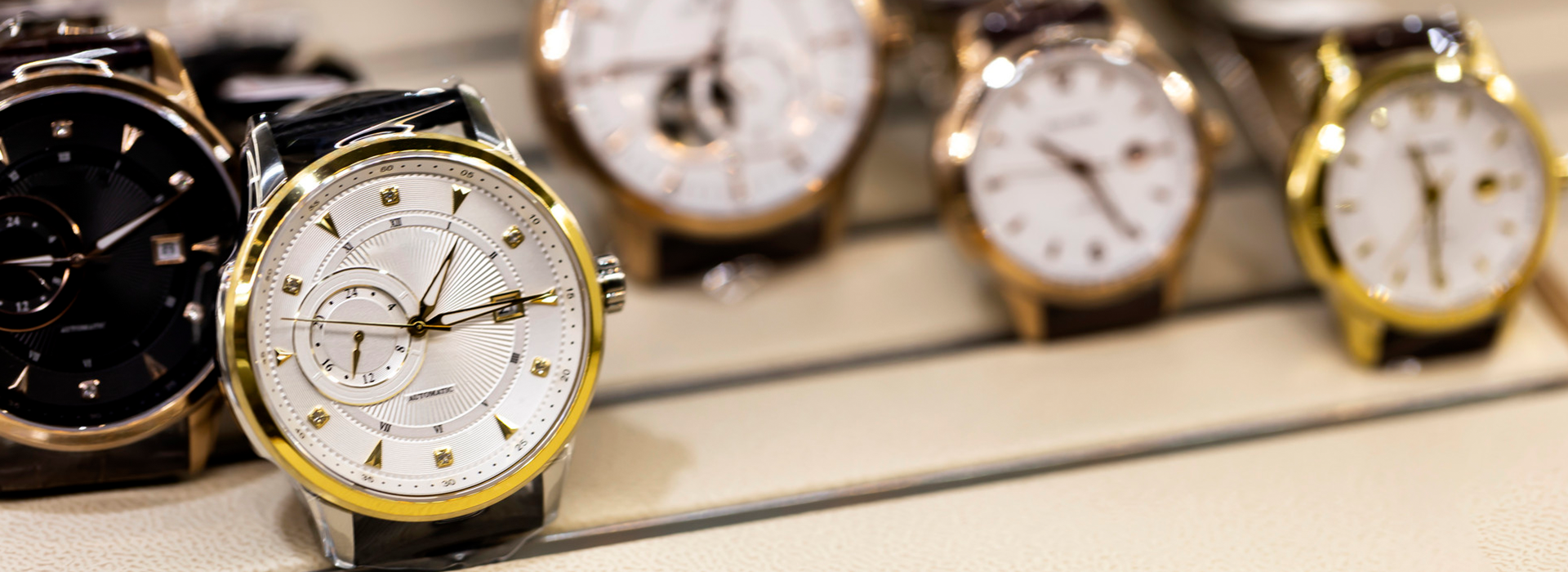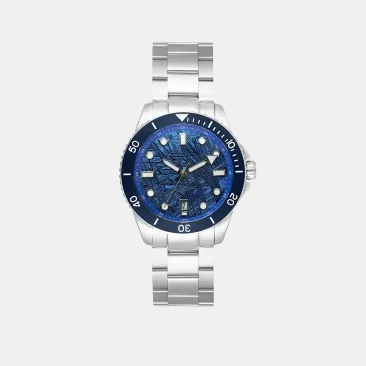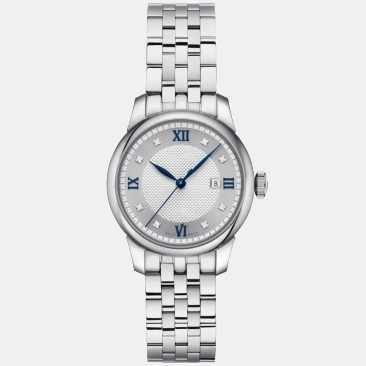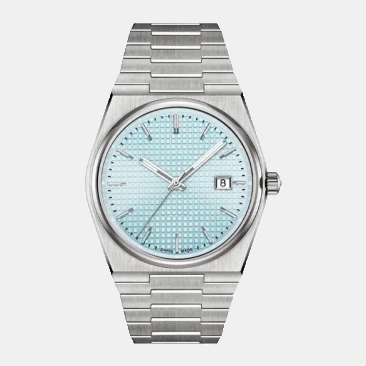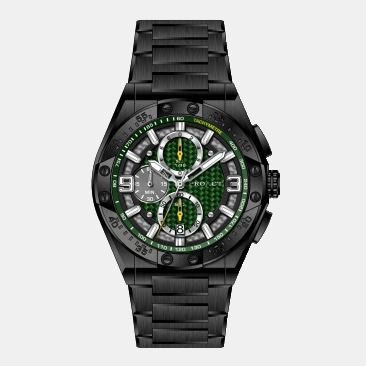Five Key Watch Trends for 2025: Material Innovation, Size Evolution, and Comprehensive Movement Upgrades
Time:
2025-11-14 14:27
Source:
As the watch market continues to evolve, consumer preferences and expectations are shifting accordingly. From materials to case sizes, from sport-inspired aesthetics to emerging movement technologies, the key trends for 2025 are becoming increasingly clear. Based on current market performance and the latest releases from global brands, we have summarized five major trends to provide valuable insights for industry partners and watch enthusiasts.
1. Sport Watches Remain Dominant: Dive and Pilot Watches Continue to Lead
In recent years, sport-style watches have continued to gain market share. Compared to traditional dress watches, modern consumers show a stronger preference for models that combine durability, functionality, and versatility—among them, dive watches remain the undeniable frontrunners.
The 2024 releases already offer strong evidence: brands such as Longines, Oris, TAG Heuer, Tudor, Omega, Blancpain, and Breitling have all launched extensive upgrades to their dive watch collections. From aesthetic refinements to material improvements and enhanced movement performance, the new iterations reflect a continued commitment to the sport-watch segment.
Looking ahead to 2025, dive watches are expected to maintain strong growth momentum, while luxury sport watches will continue to evolve in both design language and wearing comfort.
2. The “Golden Era” Continues: Precious Metal Watches Enter More Price Segments
With global gold prices remaining high, the precious metal watch market has once again entered an upward cycle. In 2024, not only ultra-luxury brands but even many premium brands in the mid-to-high price range introduced new models in yellow gold, rose gold, and white gold. Notably, several collections that rarely offered precious-metal options in the past launched their first gold variants this year.
This shift indicates that precious metals are no longer exclusive to top-tier collections—they are gradually expanding into broader price brackets. In 2025, gold watches are expected to retain high visibility and continue playing a key role in brand identity and sales performance.
3. Smaller Case Sizes Return: Comfort Becomes a Priority
After more than a decade of preference for oversized cases, consumers are once again prioritizing everyday comfort. Many new releases in 2024 reflect a clear trend toward smaller dimensions: dive watches shrinking from 43 mm to 42 mm, and dress watches appearing in 40 mm or even 38 mm versions.
The return to smaller sizes aligns with market demand for “lightweight, flexible, and wrist-friendly” designs. This trend will continue throughout 2025, particularly appealing to Asian consumers and professionals looking for a more refined wearing experience.
4. Carbon Fiber Accelerates Into the Mainstream: From High-End to Mass Market
Carbon fiber, known for its lightweight feel, corrosion resistance, structural strength, and distinctive texture, has become one of the most promising materials for modern watch cases. Historically, this material was mostly used by high-end brands such as Richard Mille, Audemars Piguet, and Hublot.
With manufacturing processes becoming more mature, the market is entering a true “carbon fiber democratization” phase. In 2024, carbon-fiber watches began appearing in the mid-price range, significantly lowering the entry barrier for consumers. This signals that carbon fiber will no longer be exclusive to luxury brands but will emerge as a popular choice for brands seeking material innovation.
In 2025, we expect more lightweight models combining carbon fiber, titanium, ceramic, and other advanced materials—designed to meet the aesthetic and functional preferences of younger users.
5. Silicon Balance Springs Rise Rapidly: A Breakthrough in Anti-Magnetic Technology
In an increasingly magnetized world, silicon balance springs—renowned for their anti-magnetic performance, thermal stability, and no-lubrication requirement—have become a crucial direction for next-generation movements. For many years, this technology was limited due to patents held by Rolex, Patek Philippe, and the Swatch Group.
With key patents now expiring, more brands officially entered the silicon-spring field in 2024. Swiss manufacturers have released new movements equipped with silicon technologies, while several Chinese brands have also made significant progress in independently developing silicon springs. These advancements indicate that silicon components are on the verge of widespread adoption.
In 2025, silicon balance springs are expected to expand further across the mid-to-high-end segment, becoming an important indicator of modern movement performance.
Conclusion: The Watch Industry Enters an Era of “Material Innovation + Technical Upgrading”
Whether through material breakthroughs, enhanced functionality, or improved wearing comfort, the trends of 2025 all point toward the same direction—lighter, more precise, more durable, and more suitable for everyday use.
For the industry, this represents both a challenge and a new opportunity for growth; for consumers, the future promises richer choices and a higher level of technical sophistication in the timepieces available.
For more insights into watchmaking components or OEM/ODM solutions, feel free to contact our team at Shenzhen Proact Watch Co., LTD.
Shenzhen Proact specializes in OEM & ODM automatic watches for global brands.As a trusted partner in the global watch industry, we specialize in precision manufacturing, component development, and customized watchmaking solutions. With a strong commitment to quality, innovation, and craftsmanship, we support brands worldwide in bringing exceptional timepieces to life.

Previous page
Previous page
About Proact Watch
LATEST NEWS & BLOGS

